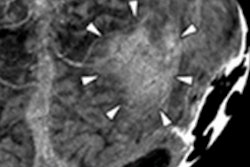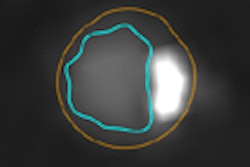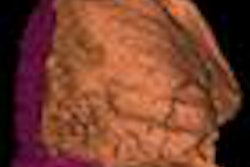As diagnostic radiology extended beyond 2D axial, coronal, or sagittal projections and understanding of pathophysiology increased, demand has grown for advanced visualization technology such as reformatted CT images, MR acquisition in specialized planes, or more complex tasks such as 3D volume rendering or true 3D printings, Dill said.
"This lecture will focus on those roles for a large gamut of diagnostic tasks, from those that are relatively simple, such as CT pulmonary angiography, to tasks that are exceptionally complex, such as surgical planning for face transplantation," she told AuntMinnie.com.
The presentation will have a number of important takeaway points, Dill said. First, image postprocessing, workflow, and interpretation are critical elements that dramatically affect the daily professional lives of modern radiologists and impact a wide scope of applications.
"It's essential that we all take the necessary steps to maximize our effectiveness to enhance patient care," she said.
Also, image interpretation -- the end product of the radiologist's task -- largely depends on the approach and the quality of the postprocessing and workflow, Dill said.
"When performed at a high level, [advanced visualization] makes even small or obscure findings stand out so that they can be readily appreciated," she said. "However, when the postprocessing and workflow are poor, even relatively obvious findings can be obscure."
Get a thorough review of advanced visualization by checking out this Thursday morning lecture.



















